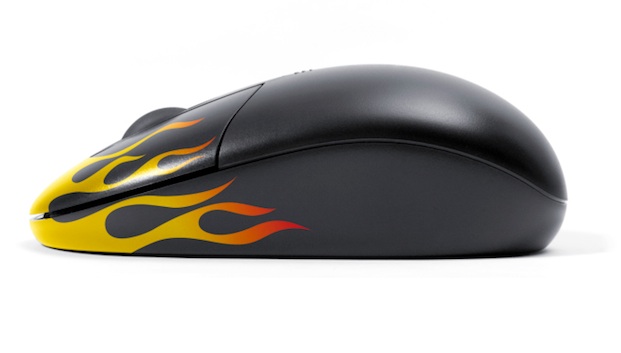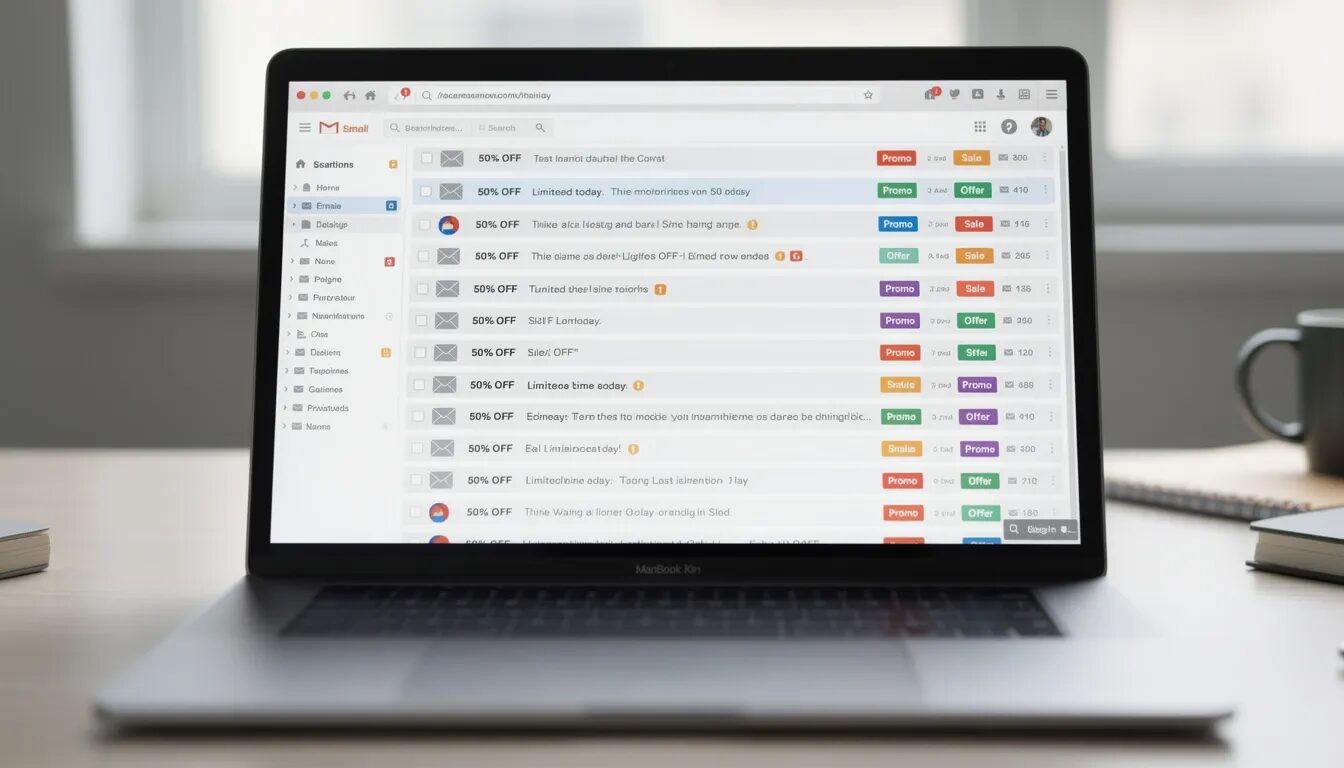
How to Make Your Email Campaign More Clickable
The makeup of an email newsletter can vary tremendously. Some businesses include entire articles in their emails, others send a list of headlines with a teaser paragraph and thumbnail, and some just list out headlines.
What works best, in terms of engaging recipients and getting people to click? We asked Stephanie Miller, vice president of member relations at the Direct Marketing Association. As a digital marketing expert, she helps businesses connect with the people, resources, and ideas they need to optimize their response and revenue.
Her first message: there’s no magic bullet that solves this question. However, here are five strategies that will help you arrive at an email campaign that works for best your audience.
Think about your users
It may seem counterintuitive, but putting an entire article in a newsletter can create a better experience for your readers. They can open your email on their computer or mobile device, read your content and then delete or forward it when they’re done. Most businesses want to strike a balance between the user experience and the needs of the business. “It can be a really good experience but, of course, you don’t have any clicks to be sure that they’re reading anything,” Miller says.
Listing a series of articles and links instead of entire posts seems like a solution, but it’s not always the user-friendly option. “You risk people skimming and not clicking on more than one article or not clicking on any articles because they’re on their device and maybe it’s just kind of clunky. Then they miss the content,” says Miller.
Sending too much content can also be stressful for some audiences, especially if they’re busy and don’t have time to read everything.
Explains Miller: “You really have to think about the experience and think about, ‘Is my objective to get the content and create a good experience that’s content-driven, or is my goal to drive them to a website?’”
Test everything
The best layout for your specific email newsletter depends on your audience, and the best way to determine an ideal format for yours is to test several options. “You don’t know what’s going to work best, so you test it,” says Miller. “You can certainly gather ideas and try some best practices, but you never know for your particular audience what’s going to resonate.”
Tracking the rate at which recipients click on the links in your emails over time is one way to test how changes affect audience reaction. Running split tests—where half of your readers get one format and the rest get another—is another way. Talking to your readers, via surveys, on the phone during support calls or in person at events is also key: ask them whether or not they find value in what you’re sending them and why. Use that feedback to guide your decisions and modify your newsletter layout, if needed.
Be relevant and consistent
Email subscribers like to know what they’re getting. If a reader finds a subject line intriguing they expect to be able to find that content easily when they open your email. Make it difficult for them, or worse yet, create a misleading subject line, and you’ll leave readers frustrated or annoyed.
Smartly segmenting your list, or targeting specific groups in your list with highly relevant content, is another way to make sure the recipients of a particular message are interested in the content, which will boost the rate at which they click.
Make links visible
“You want to make sure that your content is visible with images turned off,” Miller points out. Making sure that you have links within the text of your email for your readers to click even if the images, such as a call-to-action button, don’t load is essential.
Have any advice of your own to add? Share away in the comments.
This post contributed by guest author, Yael Grauer. Grauer is a Minneapolis-based freelance writer and editor. Find her online at Yaelwrites.com.
Want more marketing tips and tactics? Sign up for the free VR Buzz.
© 2014, Contributing Author. All rights reserved.



